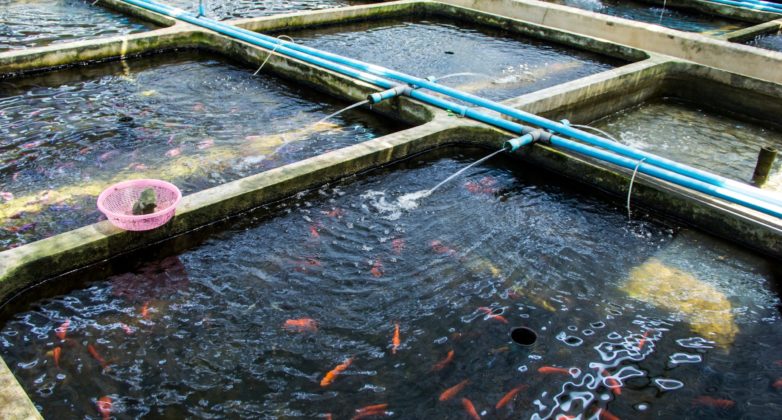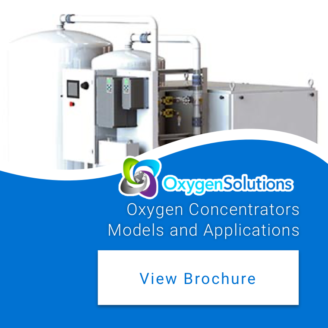Current Challenges and Trends in RAS Systems
February 18, 2021 | By Caitlin Kamminga | In Insights

The third installment in the series “Happy Fish - How Aquaculture Operators are Growing Better Fish.” This segment talks about some of the current trends and challenges in Recirculating Aquaculture Systems, also known as RAS Systems.
Recirculating aquaculture systems (RAS) is one of the developing technologies for the production of fish for food, feed, and other products. The recirculating aquaculture system concept has been around since the 1970s and is now being used by a growing number of commercial fish farms around the world. Recirculating Aquaculture Systems have grown in popularity in recent years with many people seeing them as a viable way to produce food sustainably and environmentally conscious. The concept is simple: produce food in a controlled environment and then, once it’s ready, the water can be cycled back into the system to grow more food. Recirculating aquaculture systems are becoming quite popular as a result of their ability to reduce waste and increase sustainability. This has led to an increased research interest in recirculating aquaculture systems.
Because the RAS industry is growing, industry expert Tim Sjostrom from Kuterra outlines that there is no such thing as a complete and simple solution to any problem because they are always very complicated. He relates the industry to a growing human baby: You want to see the baby grow healthily and quickly, but if you don’t feed it properly, it gets sick, or don’t change its diaper, there will be problems. And as always with babies, there are multiple solutions to a single problem and not all of them will work. Any of the equipment used for RAS systems is high technology. It requires specifically trained technicians to understand and isolate issues before significant damage could occur to fish tanks.
Sjostrom believes that the issue with the technology isn’t the technology, rather it is maintaining intelligent staff to continue to grow and develop the industry. After all, it is hard for a baby to develop without parents. He outlines that the staff is paramount to distinguish if any issues with the equipment are the fault of the equipment or if it is something else. After all, it is the staff who feed the fish, watch them eat, and control the environment and oxygen within it. Additions of feed systems with remote control cameras have made this process much easier, but you need someone to watch the feed go down and control how much escapes. Having these staff members on hand would be incredibly helpful for the development of the industry.
While having the staff would be an asset, Sjostrom also emphasized the importance of developing more efficient technology. Kuterra has been developing maintenance software for RAS equipment to help with preventative maintenance. Their outlook is to keep on top of repairs to avoid major issues, which is incredibly important when dealing with oxygen equipment. Any downtime in equipment as crucial as that could mean the loss of life in the fishes’ environment. Sjostrom also outlined their focus on making oxygen equipment more affordable for farmers. At present, producers can have high maintenance fees if not handled correctly, and going forward Kuterra hopes to assist in cutting down these costs.
Check out the video below to see the whole conversation!
We would love to hear from you if there are any trends you are noticing by writing a comment below. Moreover, subscribe to our blog to get updates when we publish new articles.
2025 © Copyright. Oxygen Solutions | Privacy Policy



